Don't miss interesting news
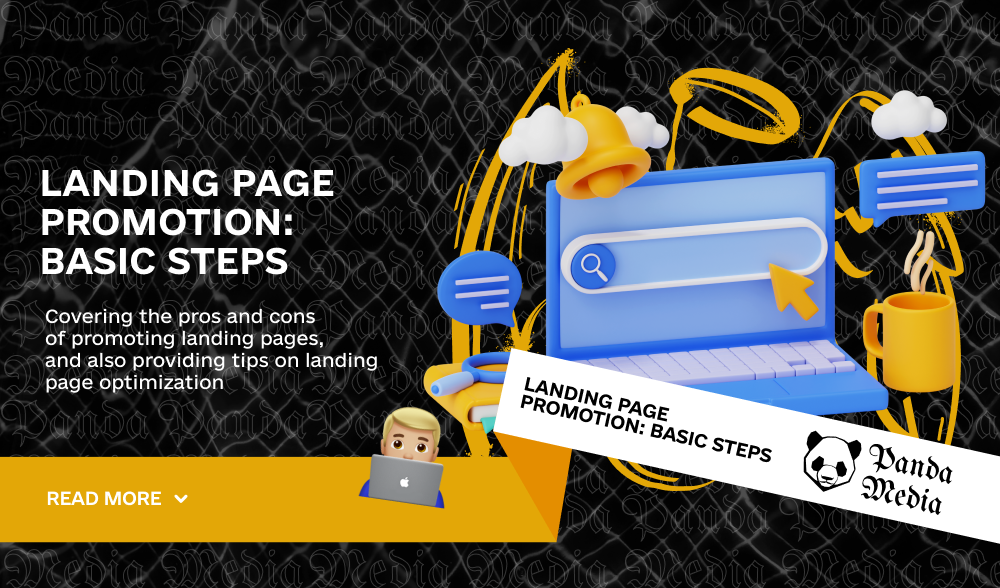
The main goal of landing page promotion is to generate sales. You need to focus on this aspect, not just on increasing traffic from search engines. It is important to carefully prepare the concept: create compelling content, think over the functionality, and express the design with the future promotion of the landing page in mind. When all the details are finalized, you can start promoting your landing page.
After all, what’s the point of driving traffic to a page that leaves much to be desired?
Many online promotion specialists express doubts about the need to optimize single-page websites. Landing pages do not have an internal link structure, there is no possibility to place large text optimized for search queries. The content often remains unchanged, and the main indicators of audience behavior are far from ideal for landing page promotion.
Don’t immediately deny the importance of landing page promotion and close this topic. Let’s take a closer look at it. Although most landing pages rely on contextual advertising, SEO can also contribute. However, this is only possible under certain conditions:
If your one-page website is not related to seasonal offers, and the main keywords are in Keyword Planner and are not overloaded with information projects or large online stores, then landing page promotion can be very effective. It may attract new free traffic to your website.
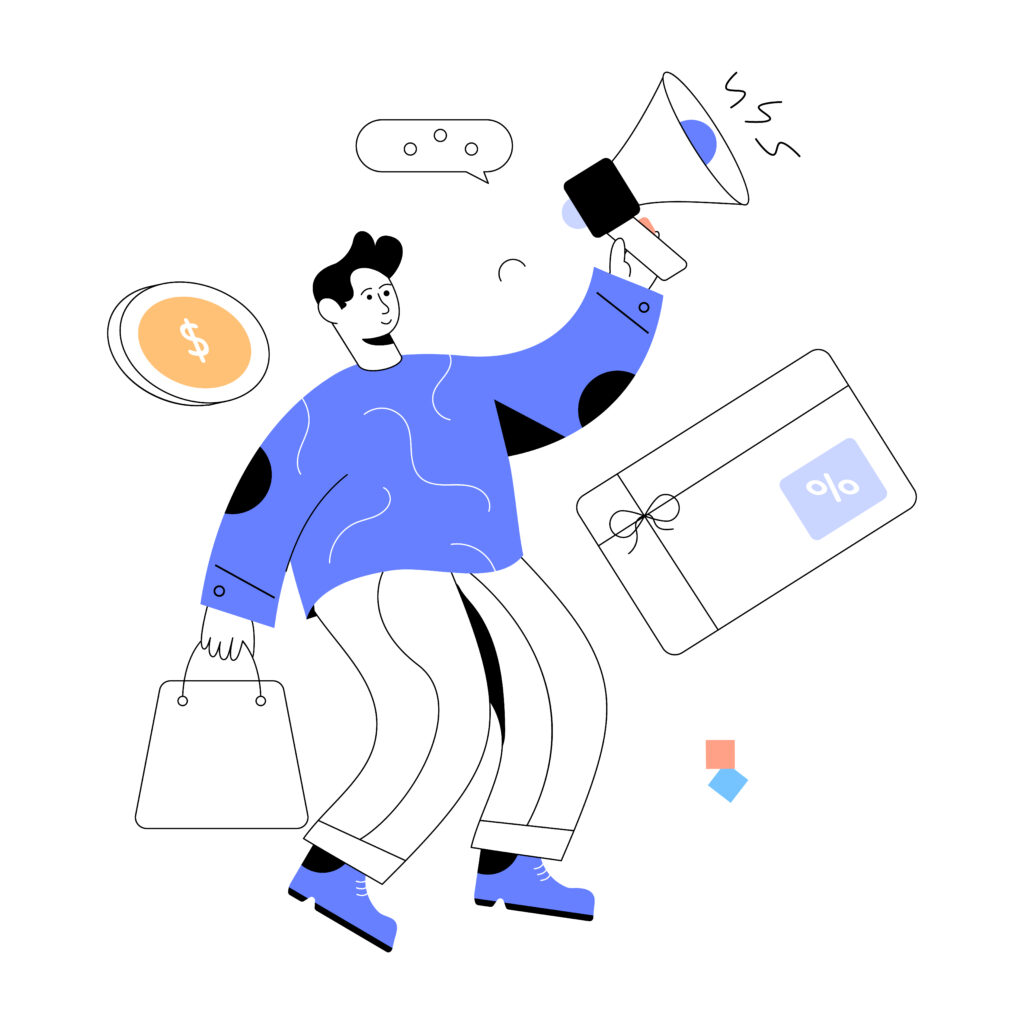
Let’s first understand whether it is worth optimizing
Landing Page. Let’s take a look at the advantages of this approach:
Let’s take a look at the disadvantages that should be taken into account when promoting landing pages:
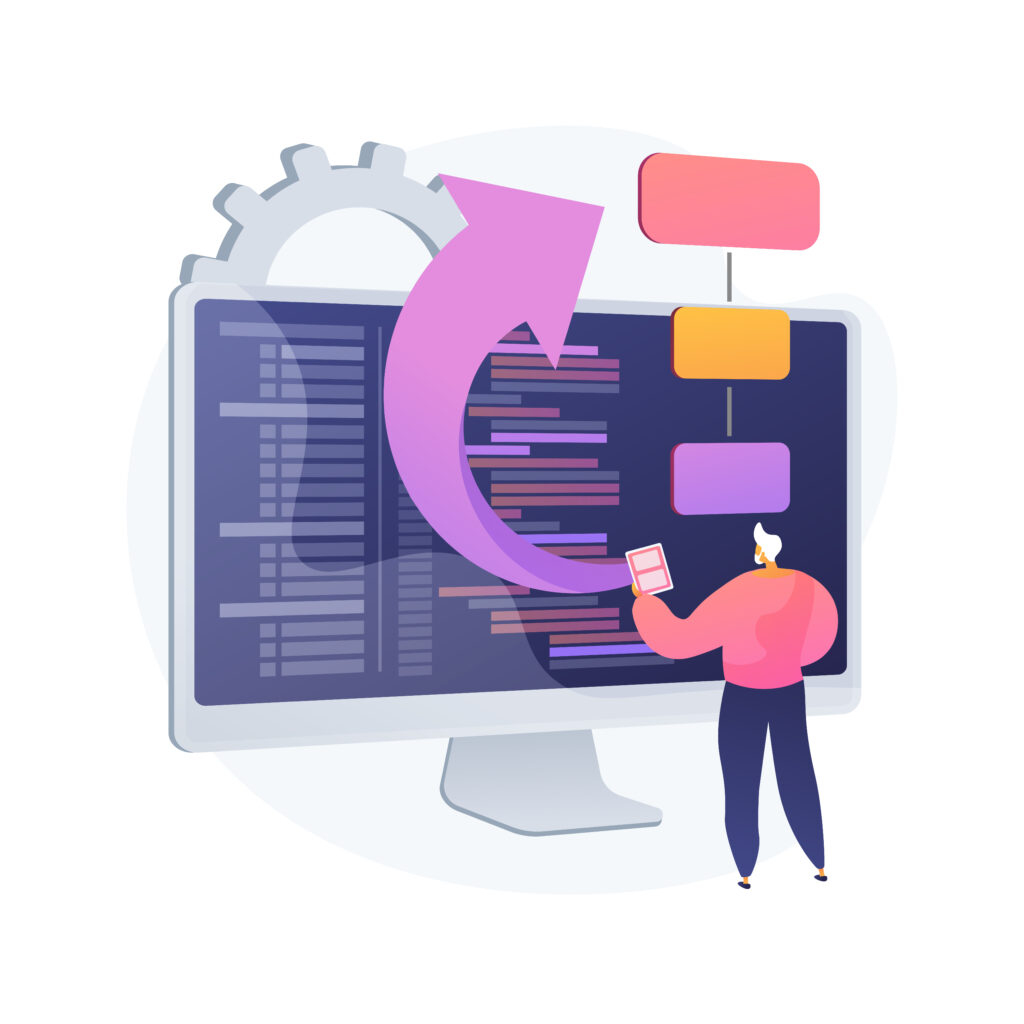
The choice of page semantics determines which queries will bring visitors to your site. All keywords placed on the landing page should be related to one group of user queries. This affects the engagement of visitors and their willingness to make a purchase.
Attempting to cover several different groups of queries at once may result in your website failing to achieve high rankings in search results, as search engine algorithms may consider some of the page content as unrelated. In addition, it may require an increase in the volume of material, which will negatively affect the user experience.
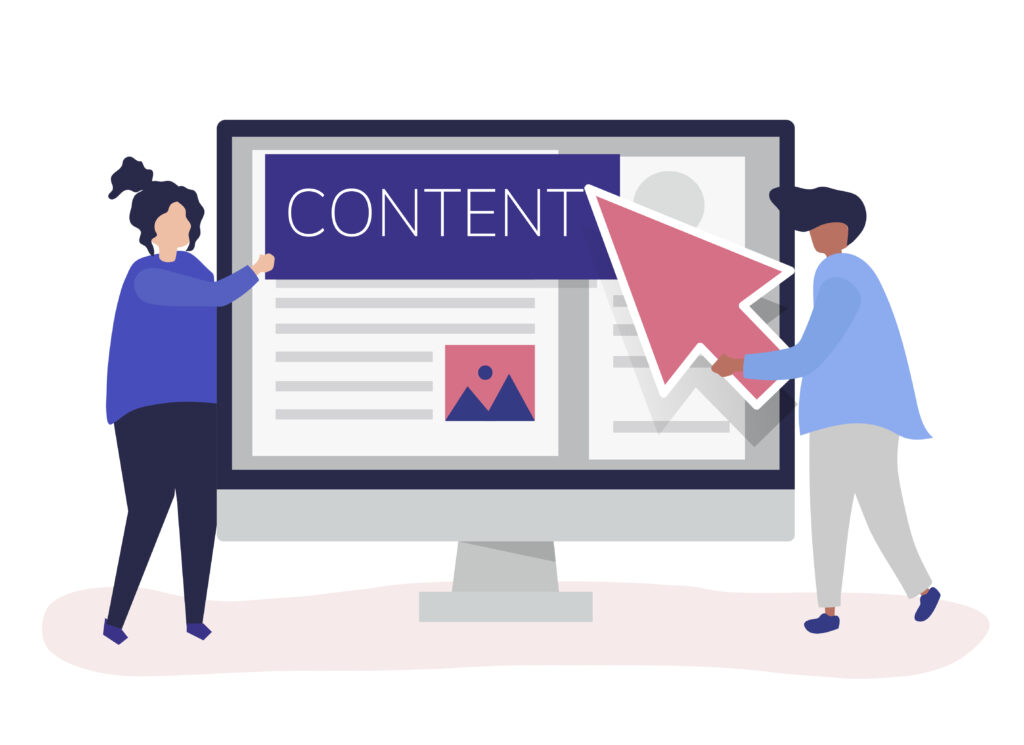
A lot depends on the quality of content on a landing page, especially the conversion rate. High-quality selling content helps to increase the number of sales or inquiries on the landing page. A potential client must read the page to the end, so you should not overload it with unnecessary text.
You should also pay attention to content optimization. It is necessary to naturally include the collected key phrases that contribute to the promotion. A common mistake at this stage is to try to insert the main keyword into the offer. This should not be done. The offer is a key element of the landing page. It represents the essence of the commercial offer, which should be disclosed from the very beginning. Create a strong offer by avoiding unnecessary keyword occurrences.
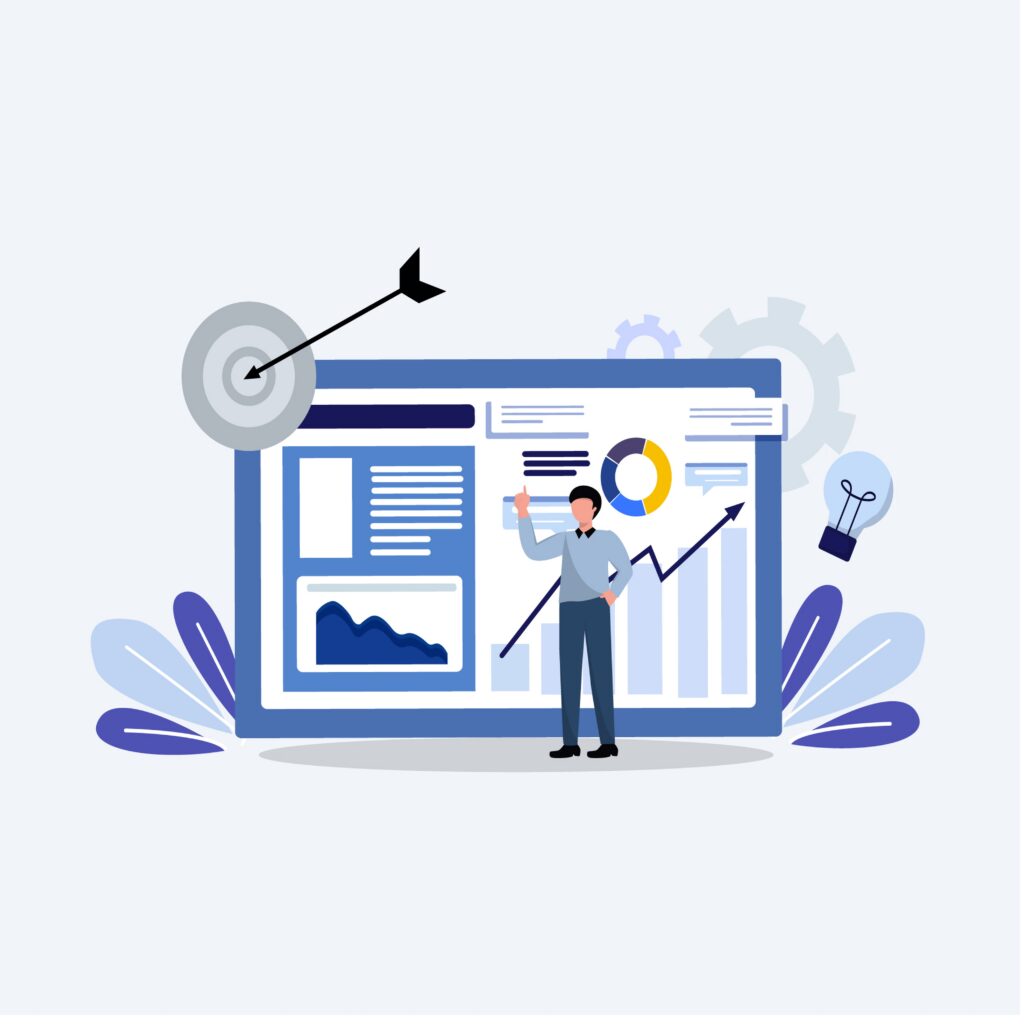
Pay attention to the title and description meta tags. On large sites, meta tags are usually generated automatically from a template, as it is a time-consuming process to write them manually for many pages. However, a Landing Page has only one page, so writing a title and description does not take much time, and meta tags can become your competitive advantage in ranking.
The title is the title of the page that the user sees in the browser tab. It helps search engines to more accurately determine the topic of the page and should contain the main keyword query from the group for which your page is optimized.
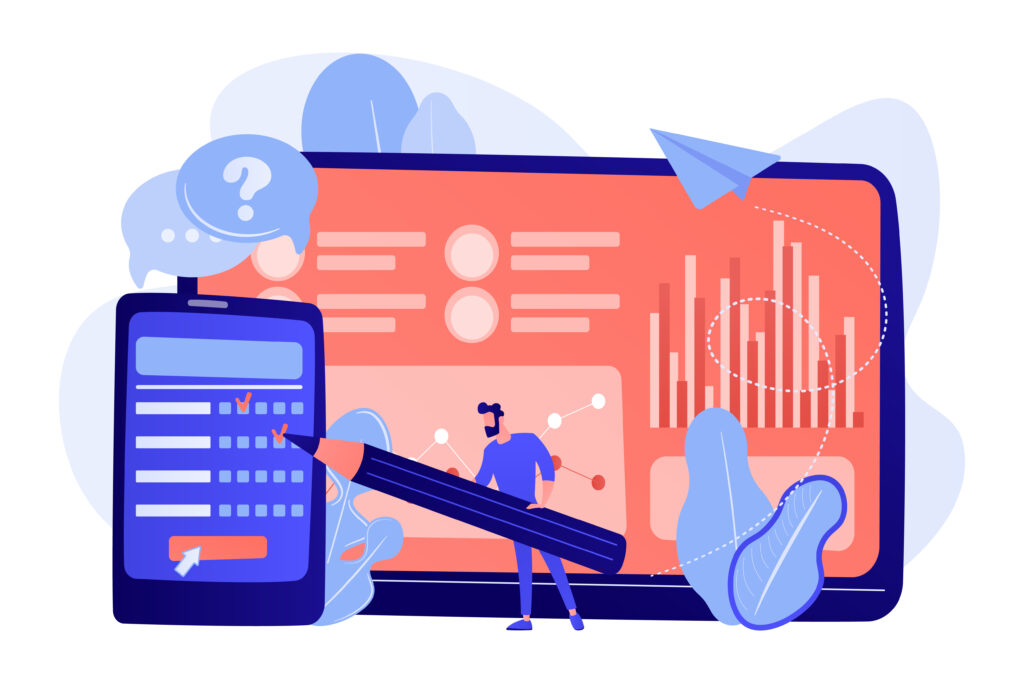
At this stage, it is important to identify shortcomings and errors that can reduce the effectiveness of the Landing Page. Technical audit tasks include:
These are just a few of the technical optimization tasks that will help eliminate errors that affect conversion and prevent full-fledged promotion in search engines.
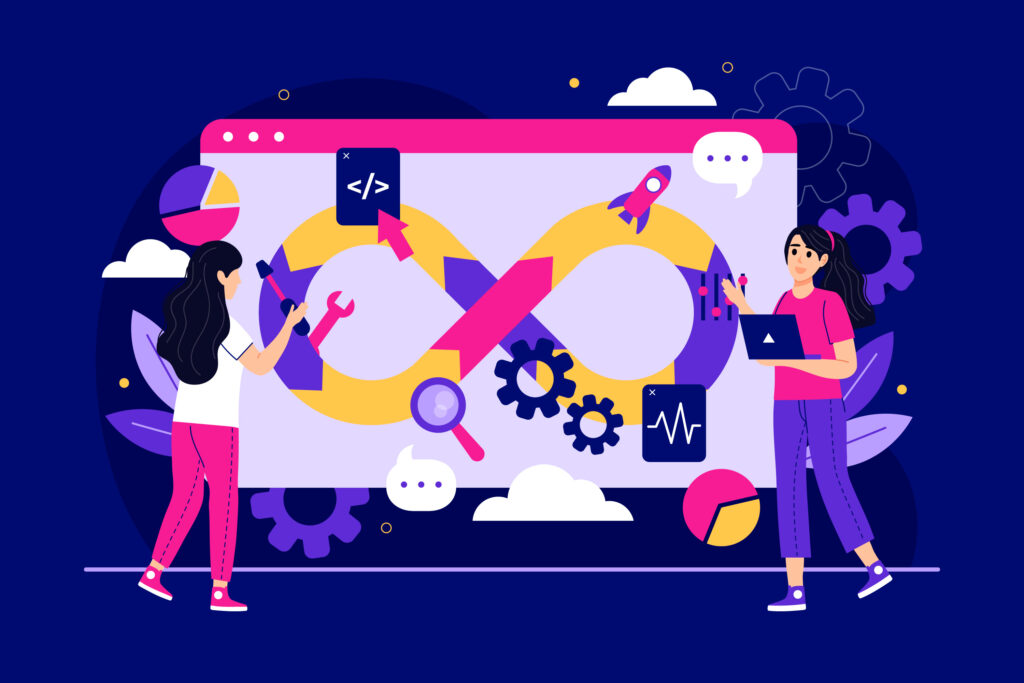
Track time on site metrics and bounce rate. Users should spend more than 1 minute on the landing page. A bounce is a situation when more than 10% of users leave the site in less than 15 seconds.
You need to actively work on increasing conversion. The main task of a one-page website is to guide the user to perform a targeted action: buying a product, ordering a service, filling out a contact form, etc. The more visitors perform this targeted action, the higher the behavioral factors will be.
A key aspect in the development of a one-page website is its external optimization. Placing your content and links on third-party platforms opens up new channels for driving traffic. Thus, visitors to other websites that have links to your page may be interested in the content you offer and follow the link to learn more.
Different approaches are used to effectively place backlinks:
Crowd marketing includes active participation in forums and blogs, where links are inserted into comments and discussions, creating the appearance of natural user recommendations. This makes such links an effective source of conversions.
Content marketing is used as an independent strategy to increase the visibility of a landing page by publishing articles, reviews, and press releases on various platforms and media.
Buying links used to be a common practice to improve website rankings, but over time, search engines have become better at recognizing and evaluating artificial link profiles, which makes this practice risky due to the possibility of penalties.
When choosing platforms for link placement, it is important to pay attention to the thematic relevance and authority of the resource. Backlinks from sites that are closely related to your topic and have high traffic will be much more effective than links from less popular sites with low traffic.
Landing page promotion is a set of measures aimed at increasing the visibility and attractiveness of a one-page website for the target audience. This is important for attracting potential customers, increasing conversions, and achieving business goals such as sales, subscriptions, or filling out feedback forms.
The main methods include SEO optimization (internal and external), contextual advertising (for example, Google AdWords), social media, and email marketing. Each method has its peculiarities and can be effective in different situations.
Yes, you can use low-cost or free methods, such as SEO optimization, creation of high-quality content, social media activity, and link exchange with partners. However, it is worth remembering that the result may take more time compared to paid methods.
Efficiency can be measured using analytical tools such as Google Analytics. Important metrics include the number of visits, traffic sources, user behavior on the site, conversion, and goal achievement (for example, the number of applications or purchases).
Regular content updates are not only useful for SEO but also help to maintain the interest of the target audience. The frequency of updates depends on the specifics of the niche and the goals of the promotion, but in general, it is recommended to update the information at least once a month or more often if necessary to keep the information up-to-date.